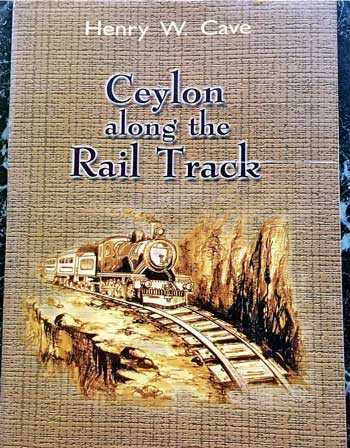Thursday Dec 25, 2025
Thursday Dec 25, 2025
Saturday, 5 December 2020 00:05 - - {{hitsCtrl.values.hits}}
By D.C. Ranatunga
 Reading through an article about railway locomotives, my mind went back to the late 1940s when school-going children attending Colombo schools from fairly distant areas used to come by train.
Reading through an article about railway locomotives, my mind went back to the late 1940s when school-going children attending Colombo schools from fairly distant areas used to come by train.
I travelled from Gampaha and there were quite a number attending Ananda College in Colombo going by train. The College had moved to Gampaha during the World War II for fear of Colombo being bombed by the Japanese and moved back to Colombo soon after the war. The College buildings had been occupied by the Army during the war.
Since we finished school by 1:10 p.m. we had enough time to walk to the Maradana station to catch the 1:40 train. On the way we had a ‘thosai feed’. (We spent 21 cents for two ‘thosais’, one ‘masala vadai’ and a cup of tea.)
We used to feel thrilled on the days when the train engine had the ‘Ananda College’ board!
Quite a number of office-goers used to go by train using season tickets. It was a more convenient ride than going by bus even though the ‘office trains’ were quite full. Once the seats were occupied we had to keep standing but we didn’t mind it.
At the time we used the train – to go to school and to go to work once we found jobs in the city – the compartments were divided into three categories – first, second and third.
Beginnings
Sri Lanka Railways boasts of a history of 136 years with the British Colonial Government starting the railway network in 1864. It was first used to transport tea and coffee from the hill country to Colombo from where the products were shipped to Britain. Having started the service between Colombo and Ambepussa, the service gradually expanded. The first chief engineer, Guilford Lindsey Molesworth became Director General of the Railway which was run as a Government department.
The 240-page book titled ‘Ceylon along the Rail Track’ (1910) by Henry W. Cave (best remembered for Caves Bookshop) is fascinating. It covers the country’s interesting places that can be reached by train.
“Many people visit Ceylon in search of health, or to escape the rigours of the European winter, and it is noticeable that the visit once made is often repeated. As a health resort Ceylon not only possesses a warm and equitable climate, but the recommendation of complete change of scene. To the enervated European residents of the plains of India it is a veritable paradise; they are discovering that a visit to Kandy and Nuwara Eliya is not only a source of health but of enjoyment, and that it restores their vanished energies without the great expenditure of time and money involved in a voyage to Europe. To the leisured classes who travel the attractions of Ceylon are perhaps the greatest, and it is satisfactory to be able to assure them that consideration for their comfort and convenience is always increasing,” the Introduction to the book states.
The traveller is given a full picture of the climate throughout the year so that he/she can decide on when to visit the country, and where to go. For instance: “January is on the whole a better month for the visitor. The winds are dry and cool, and it is necessary in Colombo to avoid sitting in them when heated from exercise, or sleeping with windows open to the north. It is a good month to or visiting the many towns on interest on the south and south-west coats. Kandy is cool and delightful and admits of sleep beneath the blanket, while in the mornings and evenings vigorous walking can be indulged in with pleasure…”
The pictures used in the book give the reader a glance of how numerous areas looked in the ‘good old days’.
‘Visidunu Prakashakayo’ re-published the book in 2000 providing readers with a rare ‘old book’.